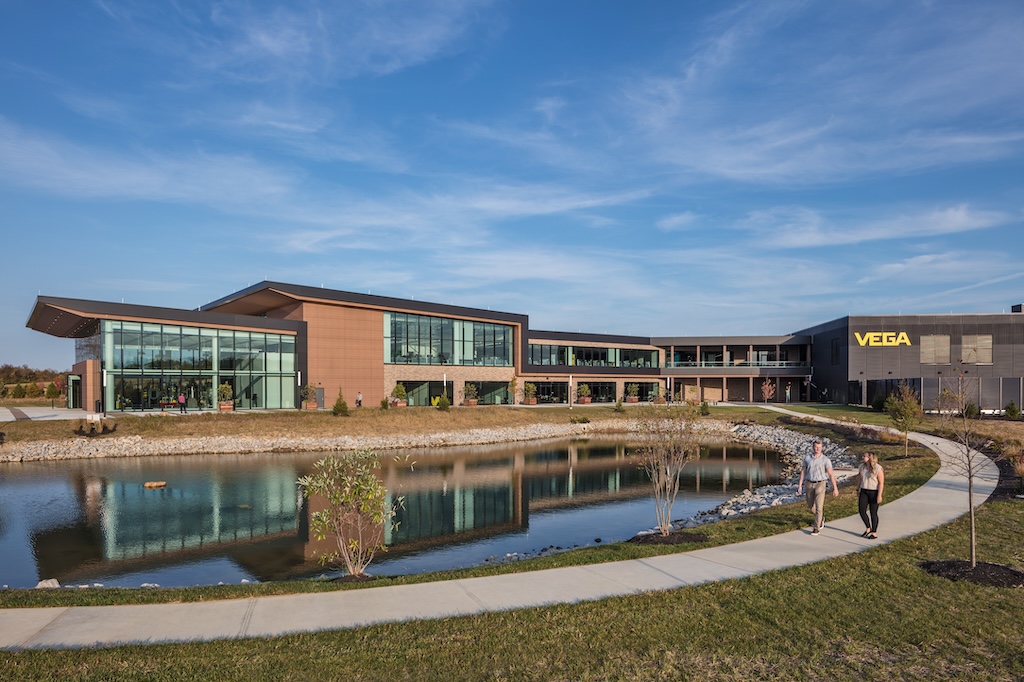Spurred by the growth of e-commerce, a new manufacturing model has emerged in response to customers’ needs for build-to-order products. The impact on shop-floor systems is compounded by the increasing need to outsource components or entire assemblies to external suppliers. To service their customers shop operations managers still need visibility and control of delivery, quality and config...
Spurred by the growth of e-commerce, a new manufacturing model has emerged in response to customers’ needs for build-to-order products. The impact on shop-floor systems is compounded by the increasing need to outsource components or entire assemblies to external suppliers. To service their customers shop operations managers still need visibility and control of delivery, quality and configuration records of outsourced components. Supply chain management is critical to the manufacturing process and new tools are necessary to keep pace with the needs of manufacturing.
Many leading manufacturers are already using these solutions to streamline their supply chain manufacturing operations. These companies include a build-to-order computer company, a global manufacturing services leader, a leading semiconductor capital equipment manufacturer and a medical equipment company. Although their markets and products differ, these companies do share the commonality of effectively utilizing real-time collaborative manufacturing to solve critical problems in manufacturing and managing the extended supply chain.
Real-time collaborative manufacturing uses the power of the Internet and the simplicity of a Web browser to meet the critical needs of today’s manufacturer for visibility, speed, flexibility, collaboration, and product life cycle management throughout the extended supply chain.
Visibility: Through real-time collaborative manufacturing, all aspects of the manufacturing process are visible and accessible online. This visibility extends from incoming materials to final products, from component supplier to outsourced manufacturer, and everything on one’s own shop floor. All data is stored and accessible electronically. Convenient data analysis down to the unit level provides instant feed-back of in-process work, historical trends and SPC analysis. Work in-process can be viewed instantaneously regardless of plant location, whether the shop is internal or outsourced, with all data available and controlled by the OEM. By utilizing the Internet and a simple Web browser interface, the virtual supply chain is enabled with visibility into the complete manufacturing process and with the tools to manage it.
Speed: To fill the need of build-to-order products, manufacturers have been forced to switch from asynchronous production (build-to-stock, wait for the order, then ship) to synchronous production (build-to-order, then make and ship it now). Speed becomes paramount in this environment. OEMs must manage and execute changes very quickly, and often this is done outside of their own organization. By utilizing real-time collaborative manufacturing, OEMs can respond to customer needs, drive quick changes to process and design, and shorten lead times in their manufacturing cycle across the extended supply chain.
Flexibility: Not only do manufacturers need speed in delivery, they need both speed and flexibility to roll out new products. They must modify new products quickly, changing processes and designs on the fly. Paper-based shop floors hinder this flexibility and lack the ability to track ‘as-built’ information. Electronic travelers can be viewed from networked PCs and be modified easily via a Web browser. This gives process and manufacturing engineers the tools and flexibility to revise new products quickly, updating and storing the as-built information for future use. These changes can be made easily and immediately by a process engineer via a Web browser interface, rather than by an IT expert.
Collaboration: Collaboration and the sharing of information with external customers, suppliers, and outsourced manufacturers are critical in this new era of build-to-order manufacturing. By using Web-centric applications, remote customers and suppliers can see real-time information from a Web browser, without having to change or upgrade costly ERP systems. Using Web-centric supply chain management, collaboration becomes a multi-way, real-time exchange of information between manufacturers, suppliers, outsourced manufacturers, and end customers.
Product Life Cycle Management: Throughout a product’s life cycle, many changes and revisions are employed to constantly improve performance, quality, and yields. By replacing paper travelers with electronic ones, an OEM can quickly make changes to product design and production processes, especially critical in the early stages of the product life cycle. Another powerful benefit is deep unit level traceability, capable of tracking component-level quality and serial number information. Many industries, (e.g., semiconductor equipment, telecommunications, and medical) require deep unit level traceability.
Real-time collaborative manufacturing technology needed to support mass customization throughout the manufacturing supply chain is here. Driven by Internet commerce to fulfill the specific requirements of their customers, manufacturers now have an answer for the massive challenges personalization poses for factory floor operations across the extended enterprise. As the manufacturing economy moves to value-unique products and orders, unit level data management becomes essential. So, too, does contract manufacturing drive the need to gather and share real-time, unit level information on orders and products within orders.
This white paper from Rockwell Automation is part of a series of white papers provided through the MESA International, the Manufacturing Enterprise Solutions Association. For more white papers on topics relating to MES, go to the MESA International Website at www.mesa.org .



